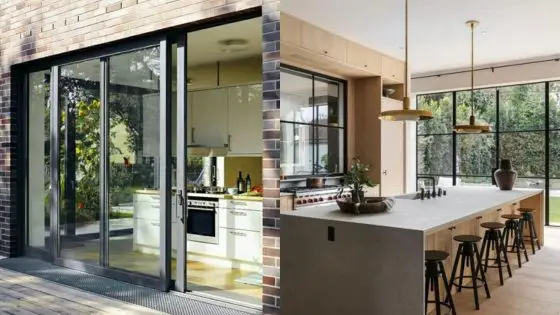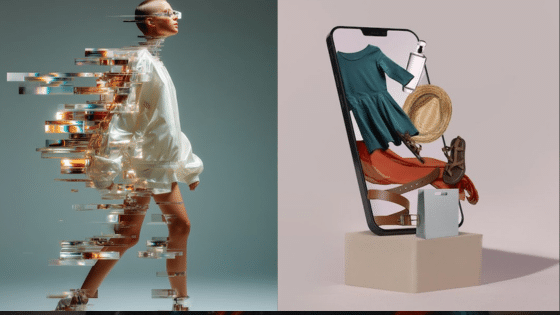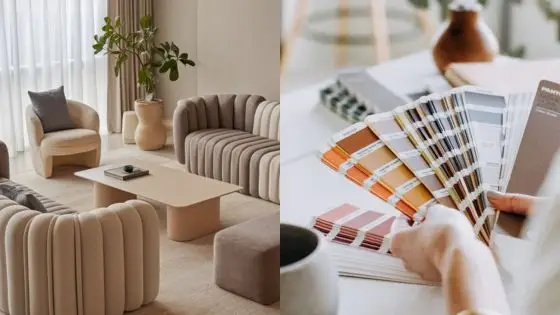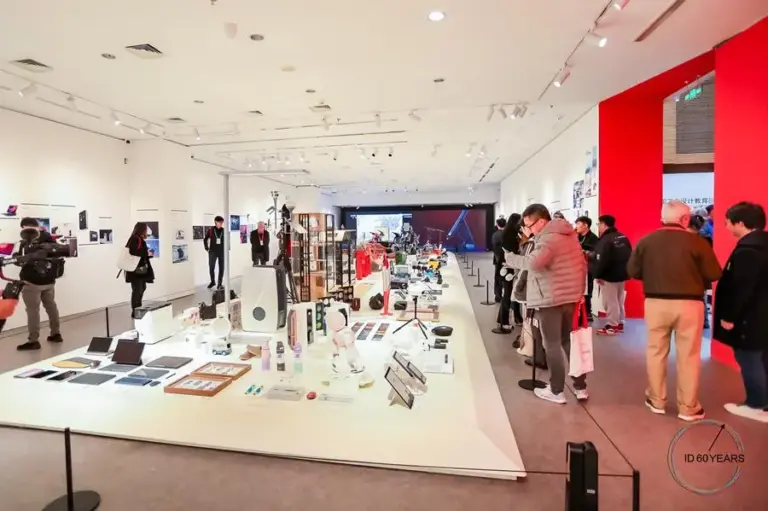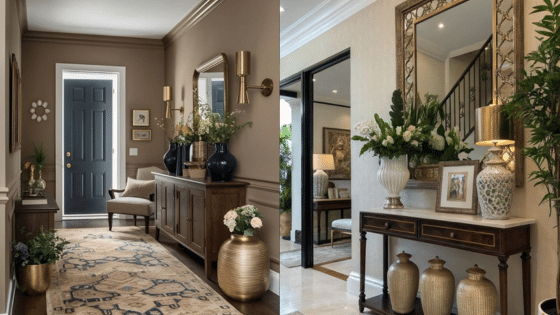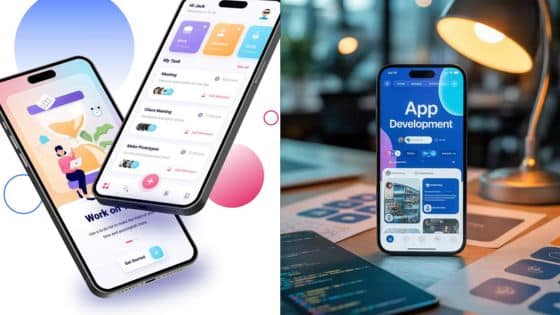The interior design process begins with vision, even before a single nail is hammered or a tile is laid. However, making that vision a reality—something a client can see, explore, and trust—requires more than just ingenuity. It requires tools that bring precision, realism, and adaptability to the design table. This is where 3D modeling comes into play.
This technology has become vital for creating settings that are not only visually appealing but also persuasive in presentation. Whether you’re designing a tiny studio or a vast commercial foyer, 3D images enable all stakeholders to visualize the place before it’s built. More importantly, feel it.
Let’s look at how 3D modeling and texturing help to improve interior design outcomes, and why this combination is now considered a necessity rather than a luxury.


Modeling the possibilities
3D modeling is the process of digitally creating a space’s geometry (walls, furniture, fixtures, and layout) using design software. It serves as the skeleton for a future interior, constructed with precision in scale and proportion.
Modeling primarily addresses the topic of whether a layout is functional in real life.
- How much space is there for movement?
- Will everything fit where it should?
However, it is not only about spatial logistics. Modeling also allows designers and clients to experiment with concepts, trying out different arrangements without tearing anything down.

Texture that Tells the Story
While 3D modeling molds the form, texturing gives it soul. Consider it the digital equivalent of running your hand across a suede chair or stepping barefoot on a hardwood floor. Designers can use 3D texturing services to add surface attributes to each modeled element, replicating materials like velvet, marble, glass, or concrete with astonishing accuracy.
This is more than just a visual polish. It’s an effective communication tool.
A polished brass lamp base reflects light differently than a matte black one. A high-gloss walnut table feels very different from a rustic wood table. Texturing allows you to express mood, setting, and lifestyle in addition to color.


Why These Tools Matter in Interior Projects
- Clients understand the vision instantly.
Renderings with realistic modeling and texturing help clients comprehend what they’re getting. Rather than decoding technical drawings, users may simply look at a render and understand it. - Faster and More Confident Decision-Making
When a customer sees how natural stone appears in the bathroom or how soft lighting interacts with fabric, they feel more confident in their decisions. This results in faster approvals—and fewer costly change requests later. - Improve collaboration.
Clear communication among designers, contractors, and suppliers benefits the entire team. A textured render may convey a material finish significantly better than samples or verbal descriptions. - High-Quality Presentations for the Competitive Edge
Whether you’re pitching a customer, entering a design competition, or showcasing on a website, high-quality 3D visualizations will set your product apart. They enable you to convey a captivating story that is both technical and emotional.


Beyond Aesthetics: Efficiency and Flexibility
3D modeling and texturing also provide practical benefits that traditional methods cannot match:
- Changes are fast and risk-free.
Do you want to see how the room looks with dark flooring? There’s no need to break anything up; simply modify the material in the software. - Cost estimates are more accurate.
An accurate model allows designers to better determine material amounts, schedule installations, and convey costs. - The designs are future-ready.
The same 3D materials used in static renders may be converted into AR/VR experiences or interactive internet tools, making them ideal for tech-savvy clients and developers.


Real texture, real impact
Finally, the materiality of a space determines whether it feels finished, habitable, or inspiring. Texture affects how we perceive warmth, luxury, minimalism, and comfort. By incorporating materiality into the digital design phase, professionals may help customers make better decisions and achieve more rewarding results.
That is why 3D texturing services have become commonplace in high-end interior design. They don’t just make a space appear wonderful; they make it understandable, credible, and appealing.


Conclusion: From Concept to Conviction
Great design begins with an idea, but it is realized through tools that allow people to see and experience it. When you combine precise 3D modeling with excellent texturing, you’re not just presenting a proposal; you’re building an experience.
In today’s competitive design landscape, clarity and impact make all the difference.
- 0shares
- Facebook0
- Pinterest0
- Twitter0
- Reddit0








